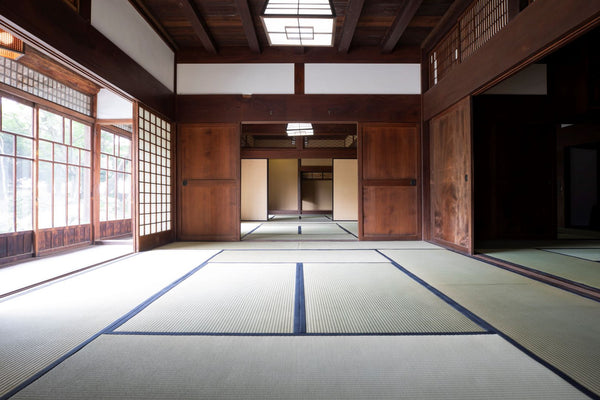Tatami Mat Workshops 10.01.23
JAPAN HOUSE Los Angeles and WAZA join together to invite visitors to explore the art of tatami making with traditional craftsmen from Japan. On Sunday, October 1st, in small workshops, guests will learn more about tatami history and construction and be guided through the process of creating a tatami coaster, in order to understand their structure and function and appreciate the complexities of this craft. Mr. Fumio Kuboki of Kuboki Tatami will answer general tatami questions from the audience and share how tatami products can be integrated into everyday lives.

Tatami, traditional Japanese floor mats, play a significant role in traditional Japanese life and culture and have strongly influenced Japanese interior design and architecture. Their origins can be traced to the Nara period (710-794 AD), when woven grass mats were adopted from China. Over time, tatami mats became integral to Japanese architecture, influencing the layout, design and size of homes, tea houses, temples, castles and imperial palaces. They are typically made from tightly woven rush straw, which is both durable and comfortable to walk on, and their standard size, known as a jō, has remained remarkably consistent, measuring approximately 3 by 6 feet. This uniformity has influenced the proportions and dimensions of Japanese rooms and buildings. The fragrant aroma of the straw adds to the sensory experience, enhancing the overall ambiance of a room. Beyond their practicality, tatami mats are often associated with formality and respect, since sitting or kneeling on tatami is a common practice during tea ceremonies, traditional Japanese meals, and important cultural events, and their arrangement can also relate to social hierarchy and the appropriate etiquette for each space.
